
Published:
Readtime: 6 min
Every product is carefully selected by our editors and experts. If you buy from a link, we may earn a commission. Learn more. For more information on how we test products, click here.
After months of leaks and pre-event announcements, and fresh off being found to have a monopoly on our ability to search the internet, tech giant Google showed off every new device it’s got up its sleeve at August’s Made by Google event.
There was a lot (and I do mean a lot) of talk about Google’s Gemini AI, and how it’ll be integrated into the Android operating system, but we’re going to focus on the seven tangible products it talked about: the four new additions the Pixel lineup, the Pixel Watch 3, the Pixel Buds Pro 2, and the Google TV Streamer. We’ll save the AI talk for another time.
So grab your morning (or afternoon) coffee, put your feet up, and enjoy.
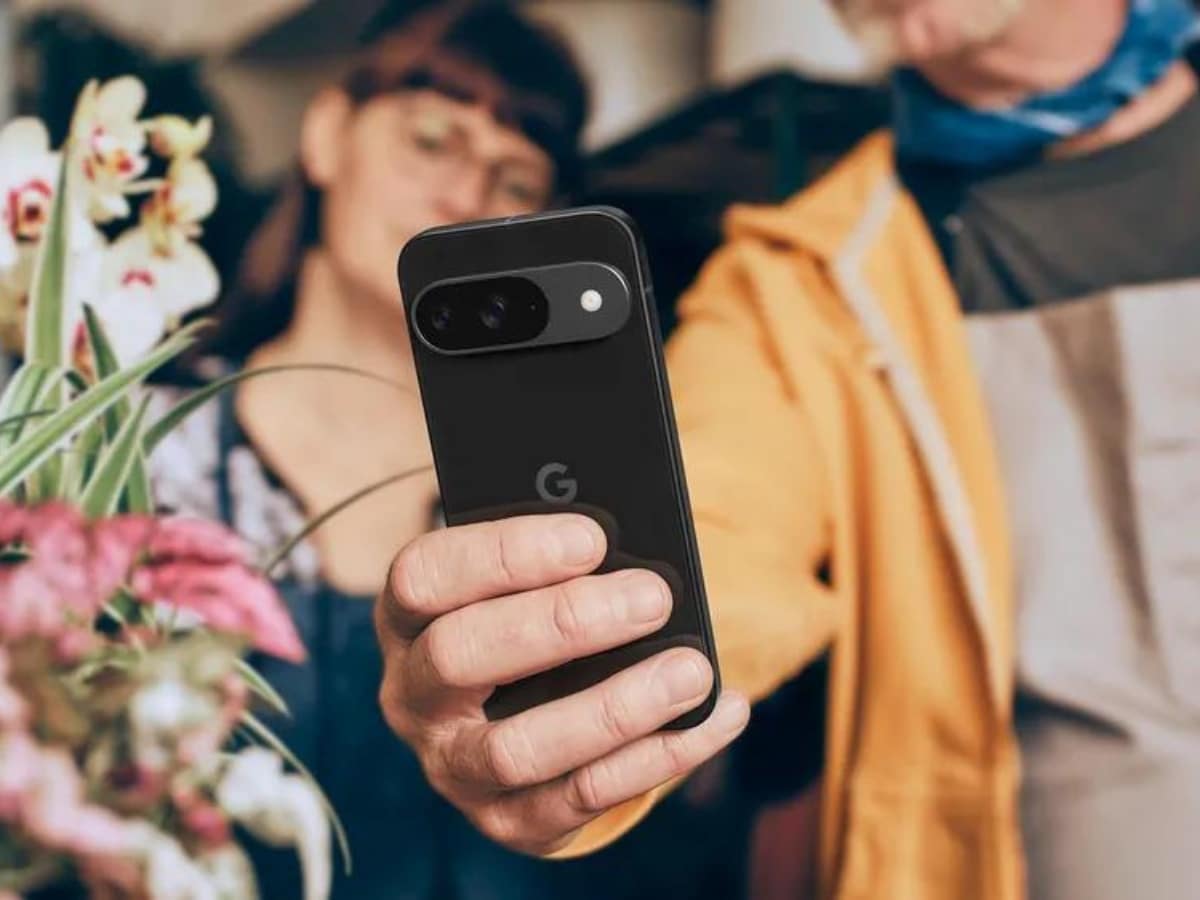
1. There’s 4 Pixel Phones Coming This Year
We already knew quite a bit about the new Pixel lineup, thanks to months of leaks that led to Google throwing its hands up in desperation and showing the phones a month early. But now we have some concrete stuff to talk about, so let’s dive in.
To start with, there will be four different Pixel phones launching this year:
- The Pixel 9: launching 22 August, starting at AU$1,349.
- The Pixel 9 Pro: Launching ‘in Spring’, and starting at AU$1,699.
- The Pixel 9 Pro XL: Launching 22 August, and starting at AU$1,849.
- The Pixel 9 Pro Fold: Launching 4 September, and starting at AU$2,699.
Putting aside the awful naming scheme, the Pixel 9 series will all run on a slightly-improved Tensor chip. As was leaked ahead of the event, the base Pixel 9 will come with 12GB of RAM, a 6.3’’ display, a 10.5 MP front-facing camera, and two back-facing cameras: a 50MP wide angle and 48MP ultra-wide angle lens.
The phone will include a 4700mAh battery, which (when using extreme battery saver mode) will last up to 100 hours. Under more usual conditions, the phone promises at least 24 hours of battery life.
The Pixel 9 Pro will have the same battery life as the regular model, but will be snappier thanks to a slight bump to RAM at 16GB, a 6.3’’ display for the regular size and 6.8’’ display for the XL, a 42MP front camera, and three rear-facing cameras: a 50MP wide, a 48MP ultrawide, and a 48MP telephoto lens.
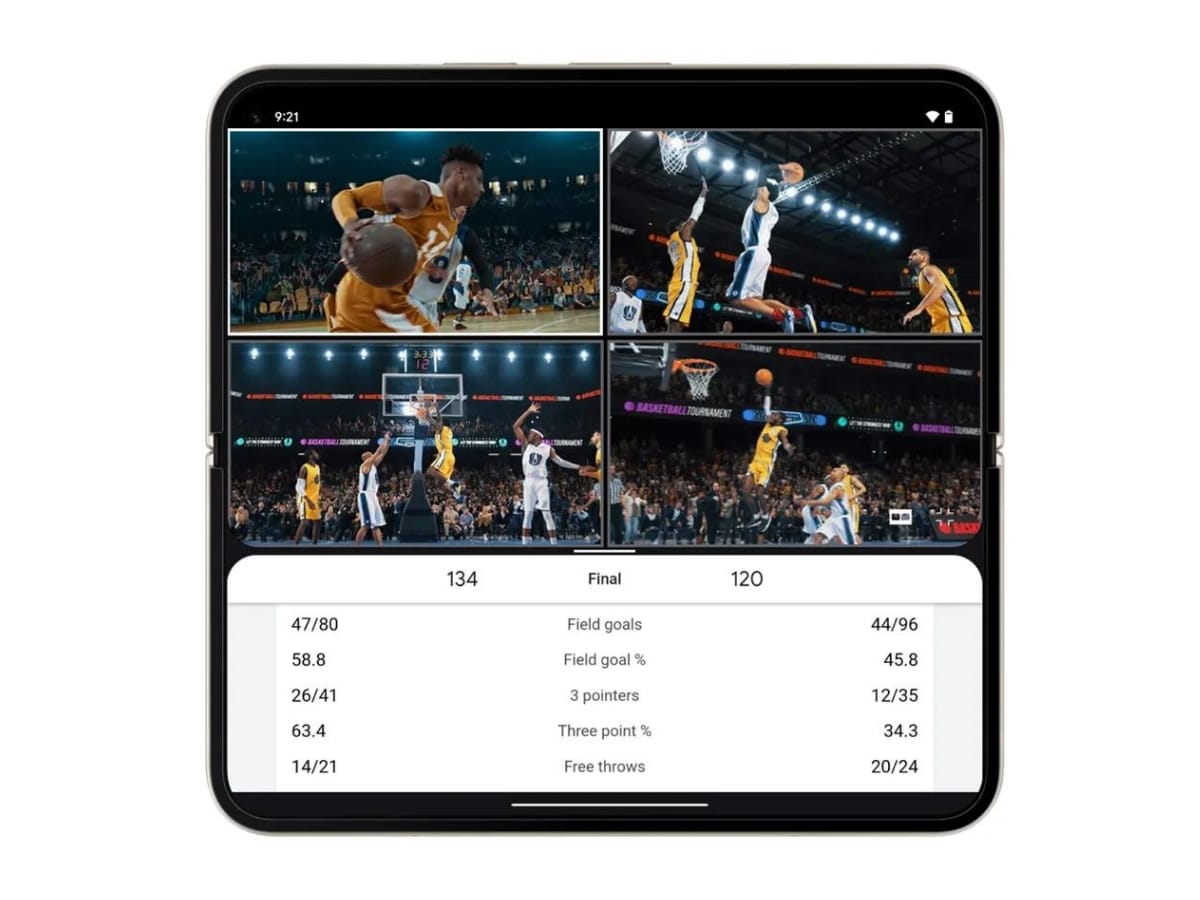
And finally, the Fold will feature a 6.3’’ screen on the outside alongside an 8’’ foldable display inside. It’ll also be powered by 16GB of RAM, and feature a 10MP front facing camera alongside three rear-facing cameras: 48MP wide, 10.5MP ultrawide and 10.8MP telephoto.
Despite being a bigger phone, the Fold will actually have a slightly smaller battery, at 4,650mAh, which will still net you 24 hours of normal use.
Confused yet? Me too. Having four different iterations of a phone seems like a surefire way to send mixed messages to people looking to upgrade their phones, and boy oh boy those prices are tough to swallow.
But wait! There’s more!
RELATED: Samsung Unveils Galaxy Ring Wearable Alongside Next-Gen Foldable Phones

2. The Pixel Watch 3
If you don’t already have a smart watch gracing your wrist, Google’s updated Pixel Watch 3 is set to launch on September 10, starting at AU$579.
The device will come in two sizes (41mm and 45mm), features a brighter display (up to 2,000 nits), and introduces some new fitness-focused features to help you hit your #goals.
Runners will have the ability to build custom goals for distance, time, pace, or heart rate zone, and the watch will keep you on track. It’ll also analyse your form, giving you an analysis of the cadence of your steps, according to Google, and letting you know if you’re improving or lagging behind your best times.
The device will work best within Google’s ecosystem, of course: offering the ability to record voice memos on your watch, rather than your phone, as well as view your Nest Cam from your watch or control your Google TV Streamer from your wrist.
3. The Pixel Buds Pro 2
Google is also upgrading its Pixel Buds Pro earphones with an enhanced Tensor A1 chip, and slightly revising the design. For what it’s worth, I used the original Pixel Buds for a few years, and the Pixel Buds Pro for the last several years, and they’re quite good.
The new earbuds are “the first Buds built for Gemini”, so if you’re going all in on Google’s AI future you’ll probably want to check them out: using the Pixel Buds Pro 2 allows you to have conversations with Gemini right in your ear.
The Pixel Buds Pro 2 will launch on September 26 at AU$379.
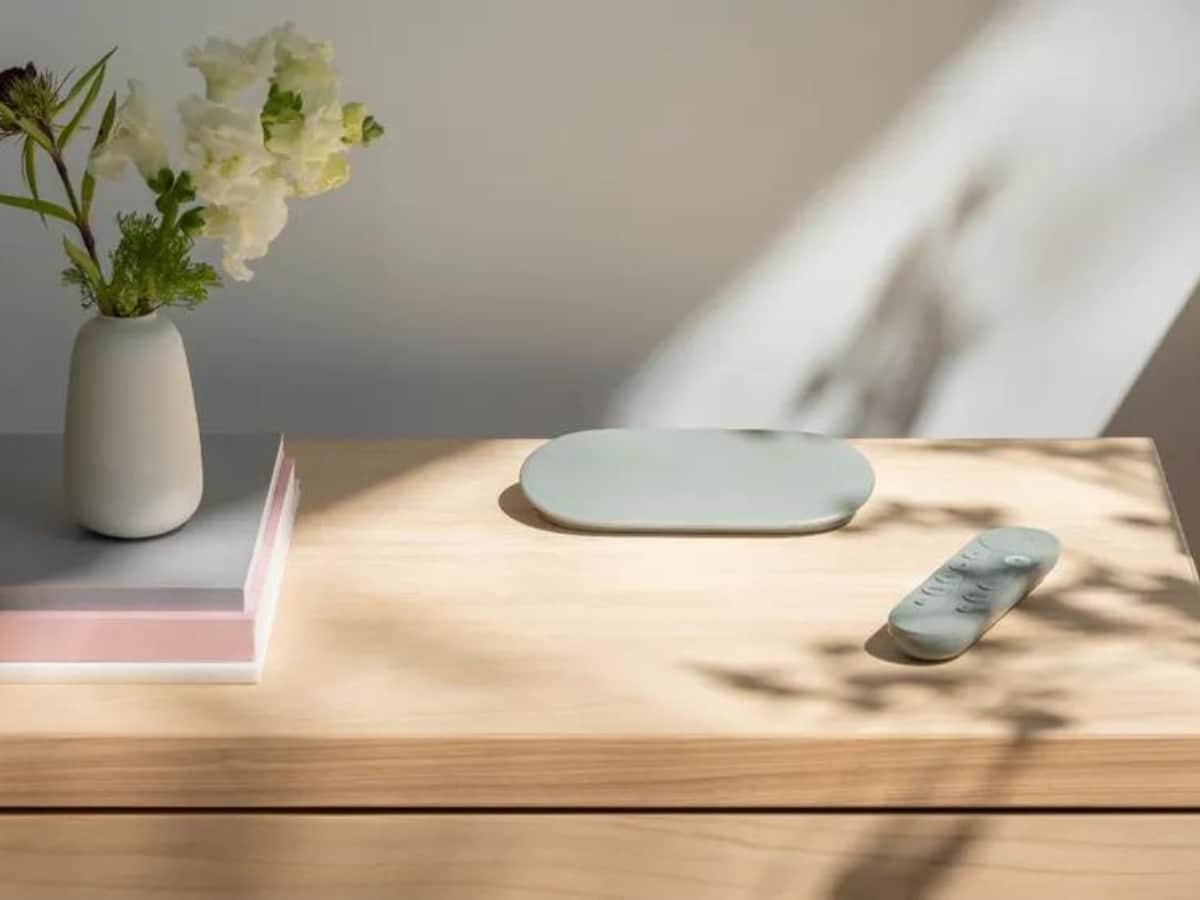
4. The Google TV Streamer
While it wasn’t explicitly called out during the event, Google also updated its Chromecast business recently, in that it destroyed it. Instead, Google has decided to double-down on the home entertainment side of the business with the launch of the Google TV Streamer: a dedicated set-top box ala the Apple TV.
The new device looks sleek, small, and stylish, and is set to launch on 26 September for AU$159.
It’ll feature a processor around 22 per cent faster than that of the most recent Chromecast, which will hopefully solve some of the jitters those devices suffered, but the Streamer will also have around four times the storage capacity built in.
For those of you with 4K TVs, you’ll be happy to know the Streamer will output at 4K with ease, and features a redesigned remote to make browsing content on a TV easier. Plus, when you lose the remote, there’s a button on the back of the device that will force the remote to play a little alert to help you find it: a small, but genius, touch.
Finally, the Streamer is set to serve as the foundation of smart homes everywhere thanks to its compliance with the Matter smart home framework. That sounds silly, but it’ll essentially allow you to control lights around your home from the TV, which is perfect for when you end up on the couch and realise you left the big lights on.








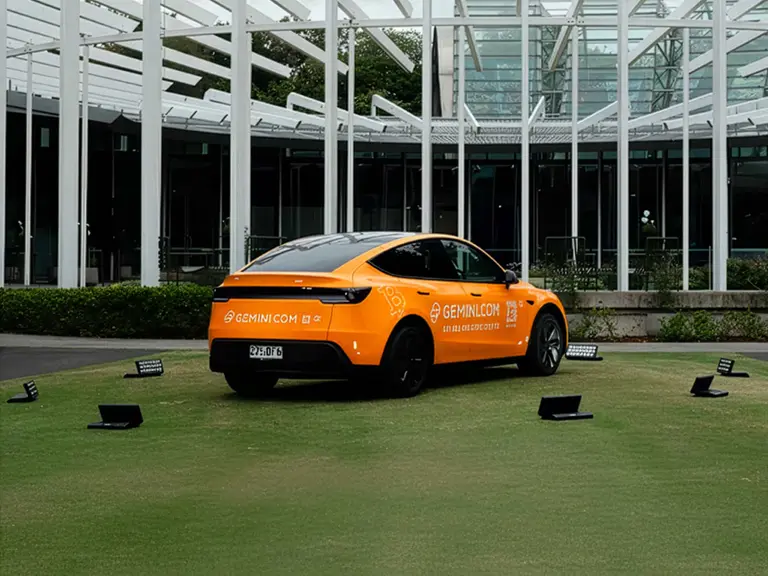
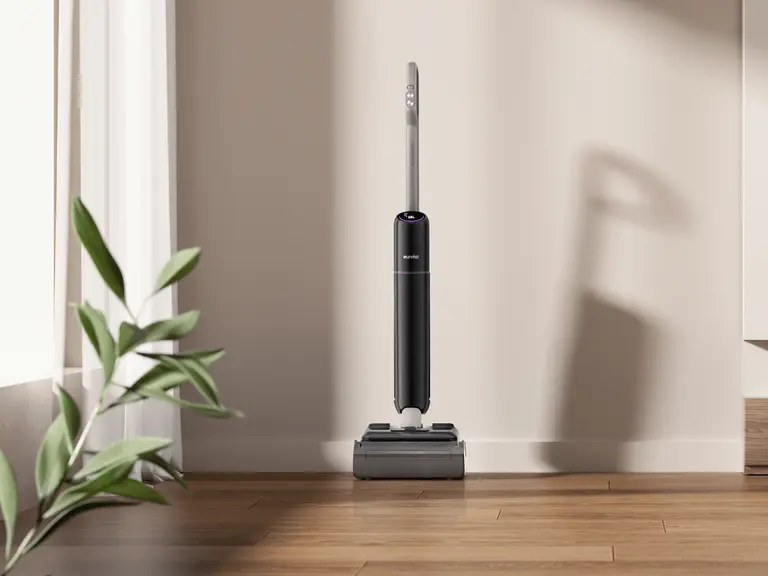





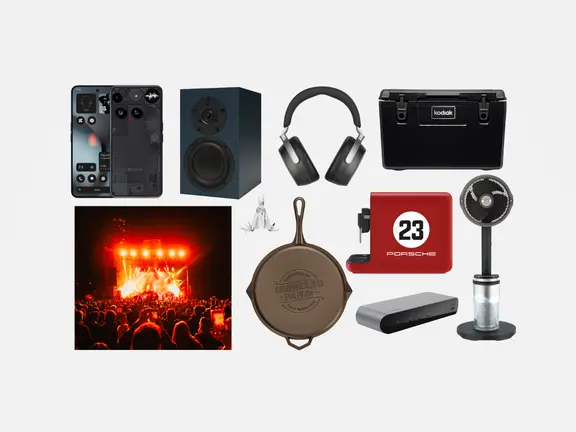

















Comments
We love hearing from you. or to leave a comment.